Happiness Door — An Alternate Feedback Tool for Events, Workshops, and Retrospectives
What is the Happiness Door?
Right in the beginning of a train-the-trainer course, trainers learn to use an empty flipchart paper as a so-called parking lot for not strongly related topics.
A similar tool is the Happiness Door. It is one of the Management 3.0 practices created by Jurgen Appelo to "collect" the participant's mood. It is a mix of an agile practice called the Feedback Wall and the Happiness Index.
The Happiness Door is a visible space where participants of meetings, workshops, or events give continuous feedback in three categories: things that make attendees happy, things they feel neutral about and things they didn’t like. It is either an empty flipchart or a collection of post-its.
The Happiness Door brings together team collaboration, employee engagement, and motivation.
How Does the Happiness Door Works?
- Use a strategic, prominent place for the Happiness Door.— The entry door of the room, a window, or a free wall.
- Divide the space or flipchart with three post-its with smileys for the three moods: "positives", "neutral", "negatives" in three sectors.
- Explain it to the participants:
- Everybody can always give feedback.
- For each feedback use one post-it.
- Empty post-its are allowed. A rating without a comment is still better than not getting feedback at all.
- Place the post-it into the suited sector.
- Inspect continuously the feedback given and read it aloud. — If necessary ask the group for a brief explanation.
Why Does the Happiness Door Works?
The Happiness Door fosters employer recognition. People feel happy when they are heard and recognized. This strengthens the employer engagement and motivation.
On the other hand, it is a perfect tool to adjust the flow of meetings and events to the atmosphere in the room fast.
Fields of Application
You can use the tool :
- to get instant feedback in meetings and workshops
- to gather data in retrospectives: ask for "positives", "neutral", "negatives" incidents occurred.
- to close retrospectives
Further Readings
- Management 3.0 Module: Happiness Door. How do you know if your team is happy?
- Happy Melly: http://www.happymelly.com/
- NOOP.nl, http://noop.nl/2011/11/the-happiness-door.html
- Besjana Shabani: Using "Happiness Door" to set a stage for Retrospectives.

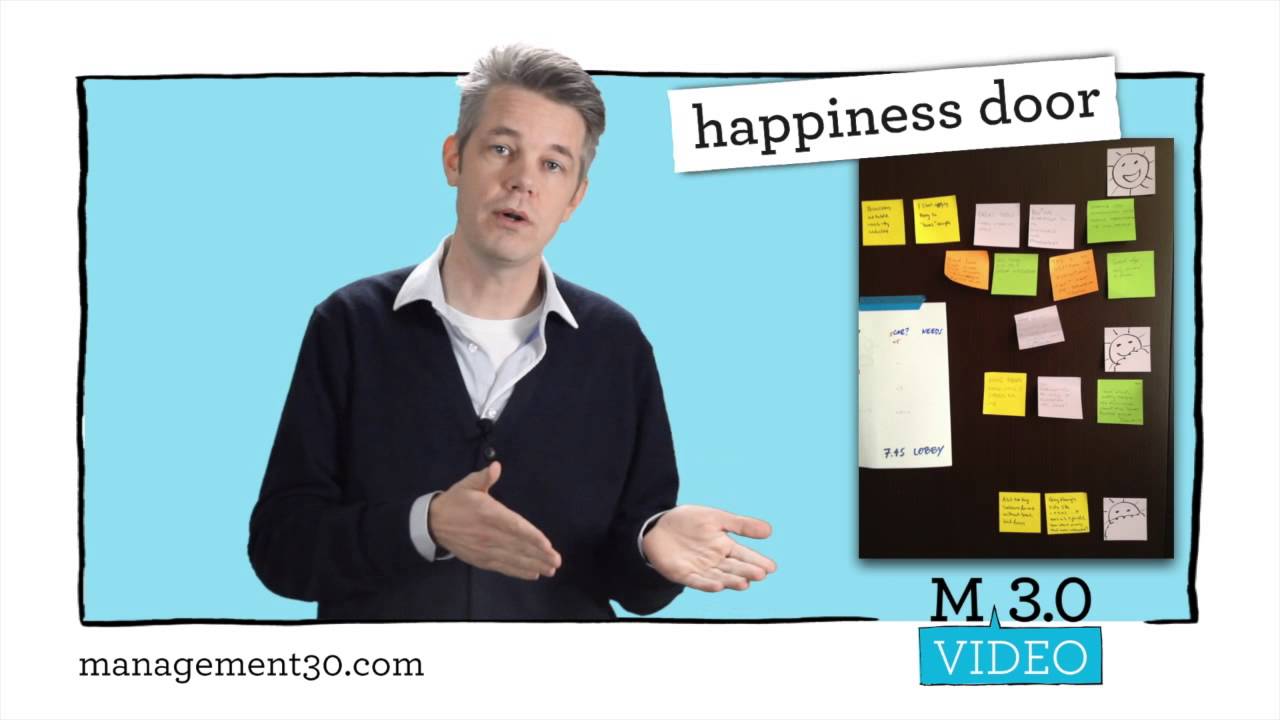
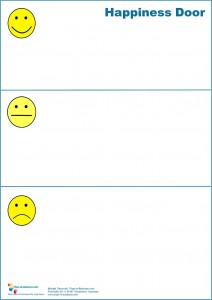
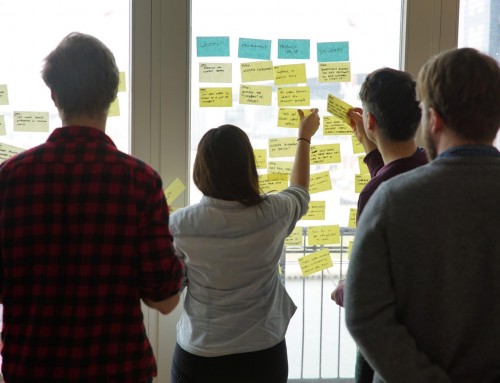
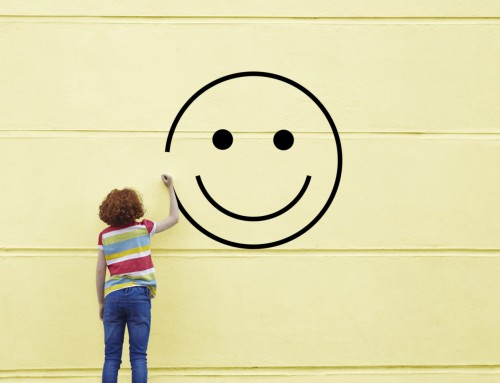


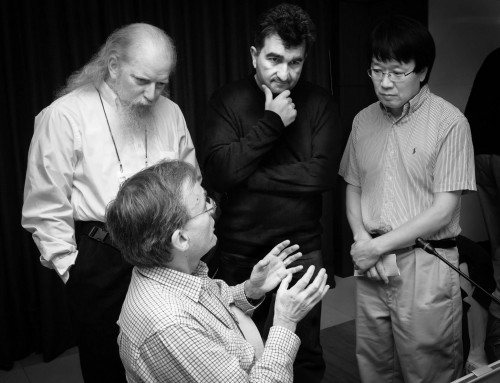
Leave A Comment